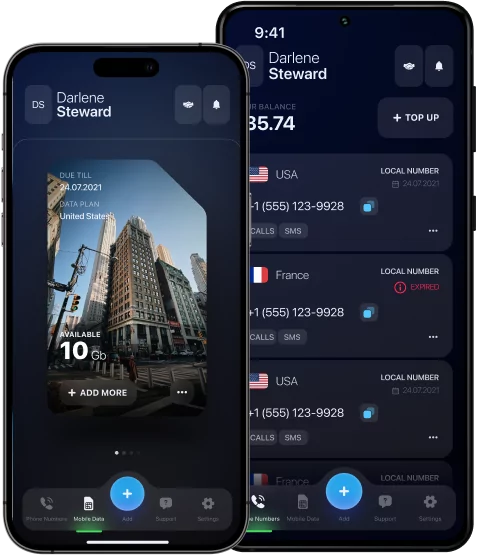Top Things to Do in Beijing: The Best China Holidays
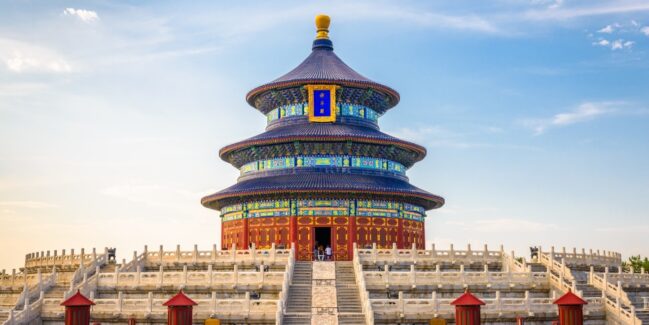
Beijing is a bustling city teeming with people. At the same time, the Chinese capital is a charming city, ancient and modern at the same time. Let’s look at the best things to do in Beijing for everyone.
Beijing is one of the oldest cities in the world with more than 3,000 years of history, outstanding palaces, museums, and architectural, and culinary traditions. Different eras are harmoniously intertwined in the capital of China, and this unique complex combination is a source of undying interest for millions of tourists.
If you need to choose only one city from all of China to visit, Beijing will be an ideal option. The capital of the Celestial Empire has preserved the country’s ancient traditions while being a modern metropolis and museums. Skyscrapers here harmoniously coexist with thousand-year-old Buddhist temples, colorful markets with shopping centers, and the past with the future.
Learn the best things to do in Beijing for every tours and how to stay in touch with the world using the best eSIM for Beijing during your Chinese trip.
The Best Things to Do in Beijing: Top 20 Must-See Places Guide
What is the first thing to see in Beijing for a good personal experience plan? Maybe Great Wall? Beijing has everything you want to offer! Let’s look at the top 20 tips and things to do in Beijing for everyone.
1. Beihai Park
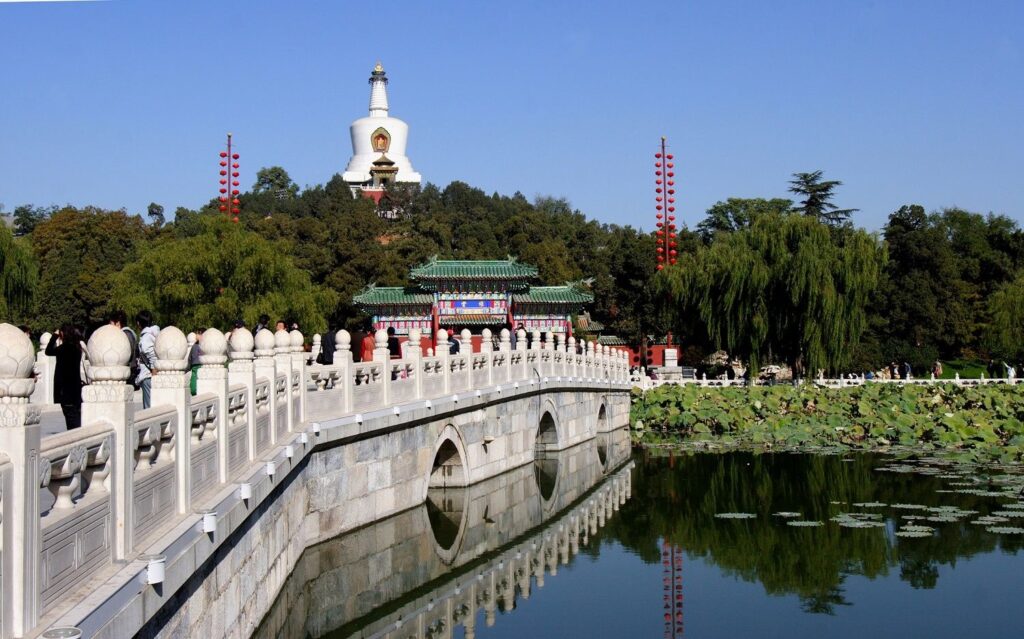
Beihai Park is the former imperial park with a large lake. In winter, in this most popular park, people skate on the lake’s ice. In spring, when the trees are blooming, they walk along its shore. The best time to visit the park is the morning of the weekend. At this time, the Chinese here dance, sing karaoke or at the Beijing Opera, play badminton, or perform as part of string quartets. In short, you will have a chance to see a real buffet of entertainment.
2. Summer Palace
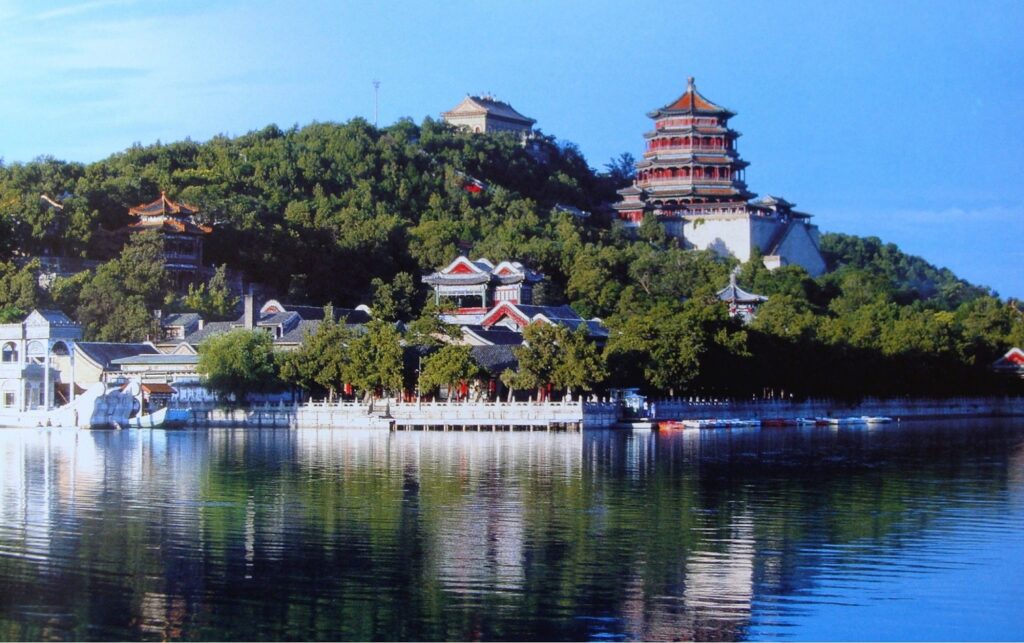
The Summer Palace is a lakeside palace with ornate temples and extensive gardens. The Summer Palace is located 15 kilometers from the center of Beijing. As its name implies, the Summer Palace was used as the summer residence of the Chinese emperors, who spent the rest of the year in the Forbidden City.
In 1750, the palace gardens were significantly expanded and renovated, after which they began to reproduce the styles of various gardens from all over China.
3. Forbidden City
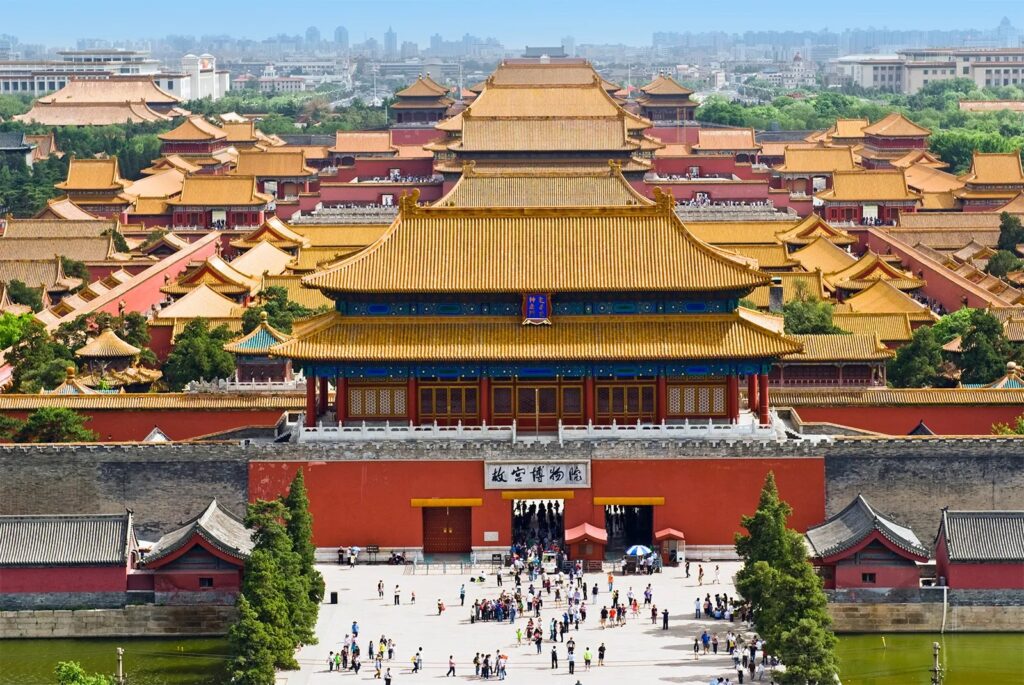
The Forbidden City is the largest palace complex in the world. Built at the beginning of the XV century, the Forbidden City served for centuries as the residence of the rulers of the Celestial Empire – first the Ming Dynasty, and then the Qing Dynasty. Ordinary mortals were forbidden to enter the territory of the palace on pain of the death penalty, so the “Forbidden City” is not just a beautiful name, but also a statement of fact.
Now, the complex receives up to 14 million visitors annually, because this attraction of the Celestial Empire is very popular with both Chinese and foreign tourists.
4. Jingshan Park

Jingshan Park is an artificial hill in the center of Beijing with a picturesque view of the city and the Forbidden City. This largely man-made hill, one of the few in Beijing, arose around 1416, during the construction of the Imperial Palace.
The storage of rubble left over from the old city wall, and a large amount of soil extracted during the digging of the moat surrounding the palace, led to the fact that the once small natural hill greatly increased in height. The hill offers one of the best views of Beijing, especially Beihai Lake and the Forbidden City.
Read also:
5. Zhongshan Park
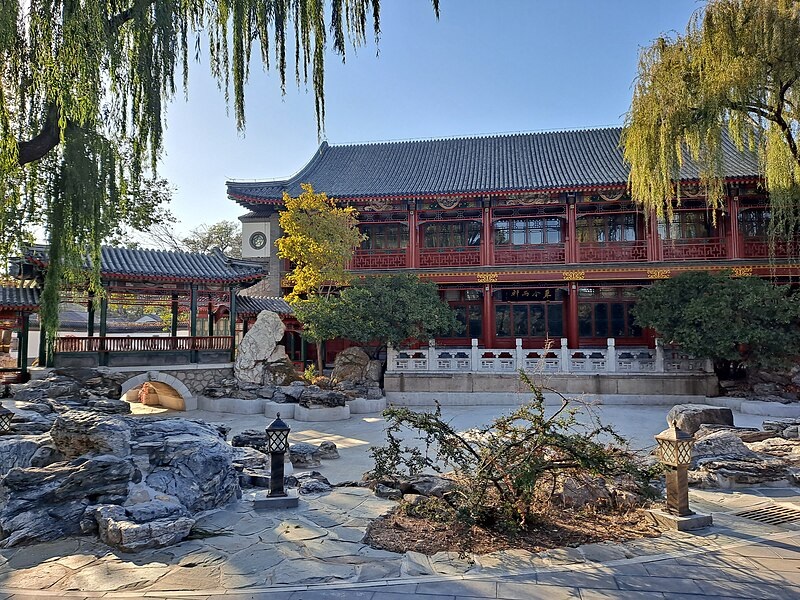
Directly at the walls of the Forbidden City, to the west of the entrance to the Imperial Palace, is Zhongshan Park, considered a magnificent example of traditional Chinese landscape design. Once the rulers of the Celestial Empire walked along it but the common people gained access to this territory only after 1914.
Today, Zhongshan is a great place for leisurely walks and family vacations. In addition to many picturesque ponds and old trees, you will find many notable buildings here. This is one of the best things to do in Beijing.
6. Wangfujing Street
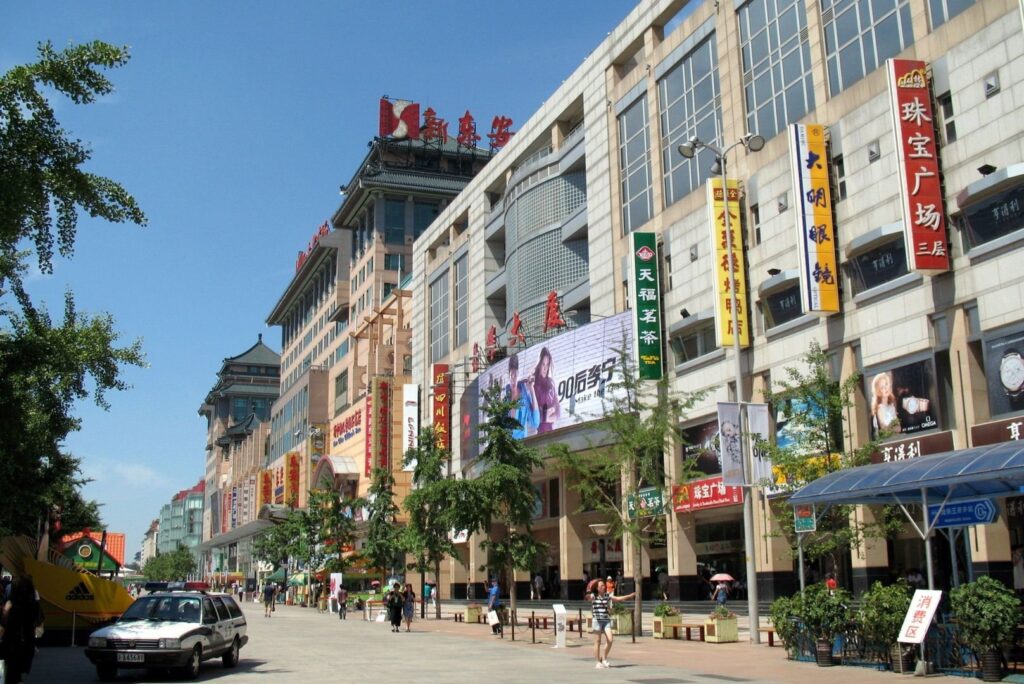
Covering an area of 2,000 square meters, this lively Wangfujing street is able to offer you more than 500 different types of snacks from all over China. Some of them are sweet (for example, candied hawthorn), others are unsweetened (deep-fried potatoes on a stick, for example), and others cause tourists a sense of shock.
On Wangfujing, you can have a takeaway snack, or you can choose one of the small restaurants and have a more thorough lunch.
7. Gubei Water Town
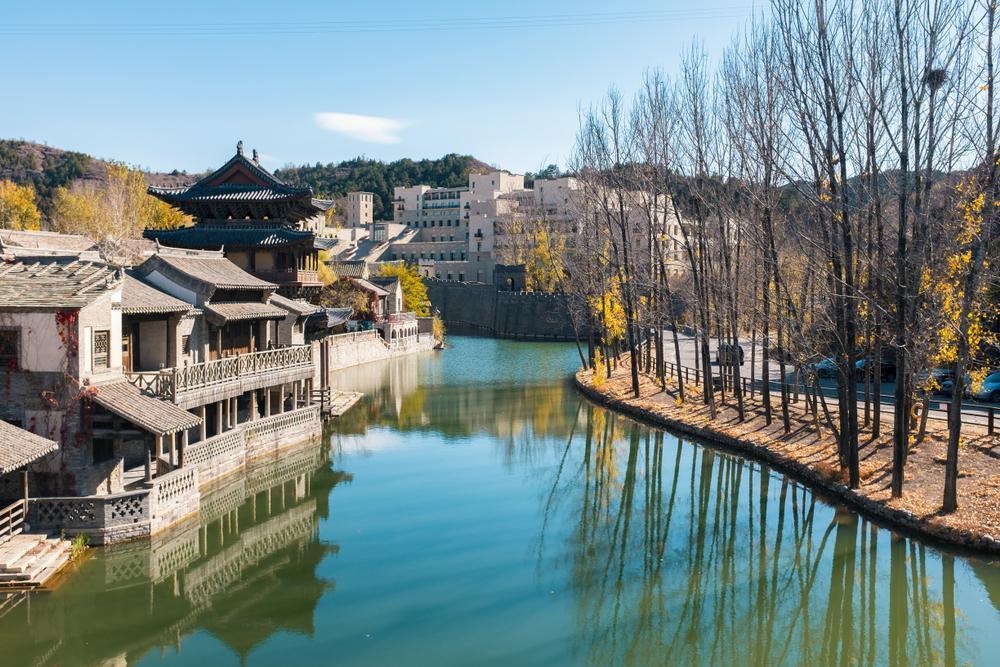
Gubei will delight you with perfectly preserved buildings from the Ming and Qing dynasties, a powerful protective wall, a seven-tiered pagoda, a river with ducks flowing through the very center, and pretty stone bridges thrown over this river.
All this splendor appeared in the ancient year 2014! Gubei is a “product” of the XXI century, created to attract tourists, and tourists, judging by the prices, are quite wealthy. The fact is that there are too few real ancient cities in China, and there simply aren’t enough of them for all tourists, so similar new buildings are being built all over the country.
8. Happy Valley Park
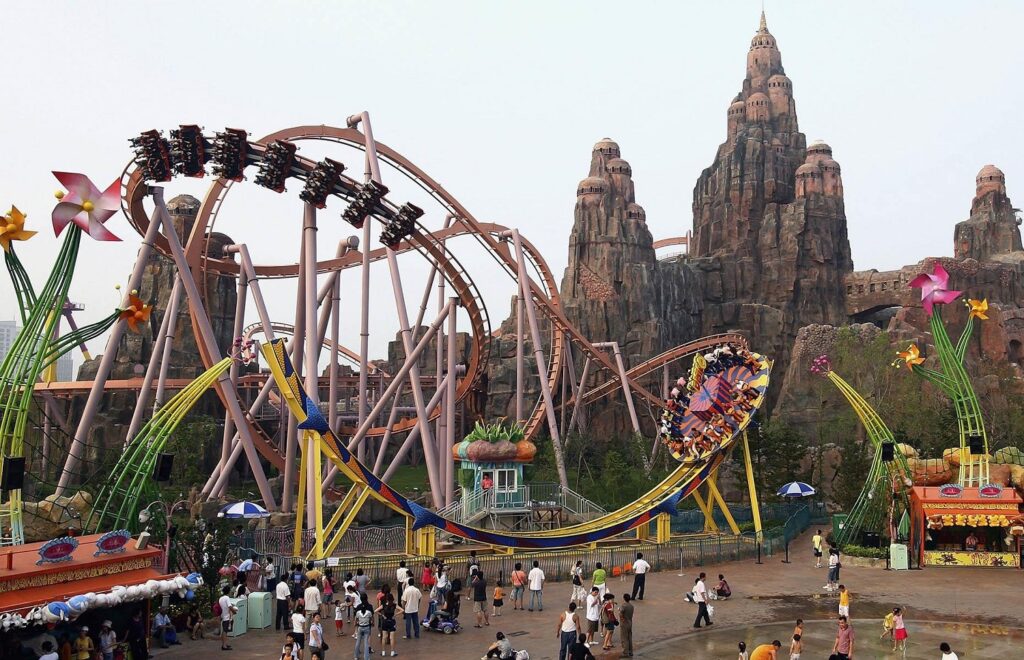
Opened in 2006, Happy Valley Park has more than a hundred different swings, carousels and other attractions, as well as a state-of-the-art IMAX cinema, and a huge shopping complex.
Fairy tale and cartoon characters walk along the paths of the park, and a festive atmosphere reigns everywhere. After dark, when the carousels finish spinning, the holiday does not end – fire and water shows and other performances with amazing special effects begin.
9. Fragrant Hills Park
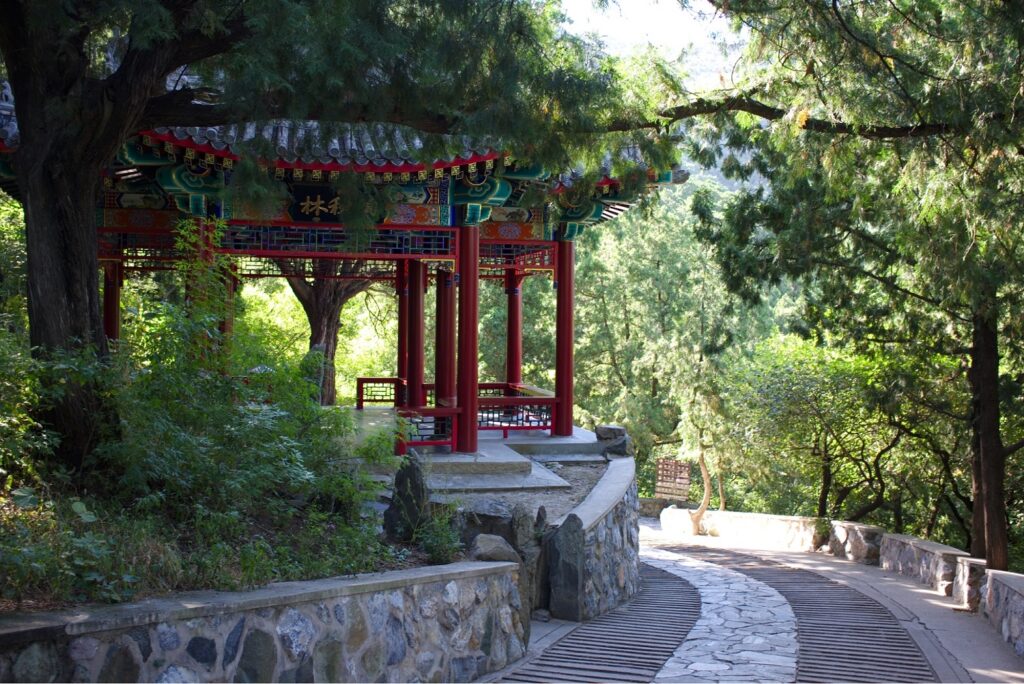
Fragrant Hills Park is located in the eastern part of the Western Mountains (Xishan Mountains), 28 kilometers northwest of Beijing. Its hills and forests cover an area of 162 hectares. The highest peak in the park is Xianglu Peak, its height is 558 meters.
The park boasts magnificent natural landscapes and many cultural relics. These places are especially beautiful in autumn when the mountain slopes turn fiery red due to the foliage of the trees covering them. Thousands of tourists come here every autumn to see this miracle. The best way to fully appreciate this beauty is to use one of the local cable cars. This is one of the best things to do in Beijing.
10. Meridian Gate
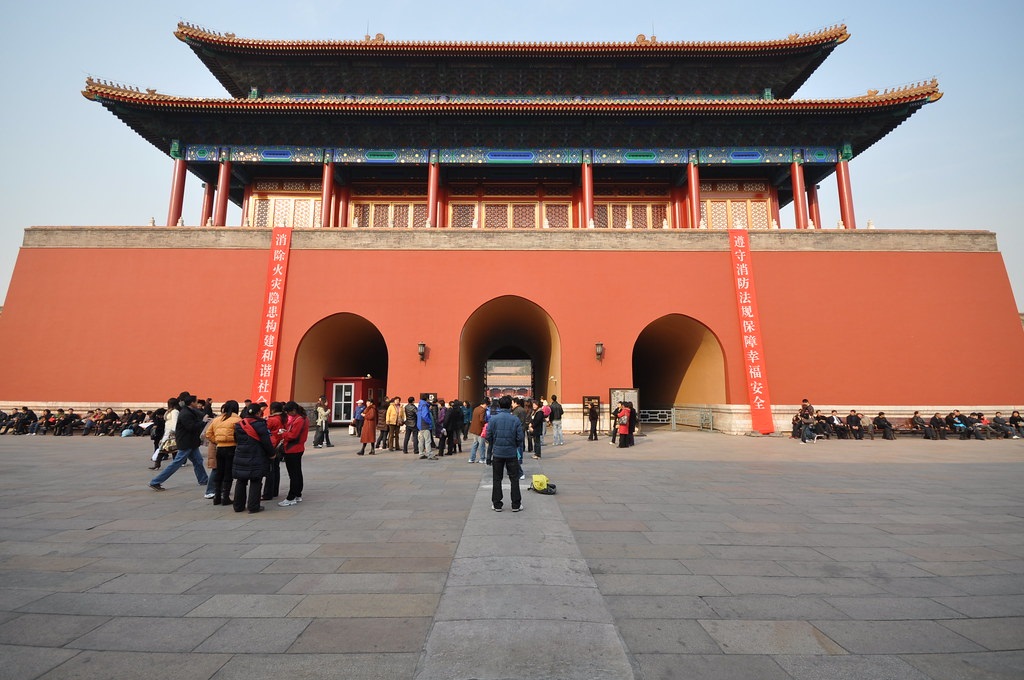
The main entrance to the territory of the Forbidden City is the Umen Gate located in its southern part, they are also Meridian, Noon, or Middle Gates. There are five archways in the gate. The central arch was part of the Imperial Way, the central axis of the Forbidden City, and the entire medieval Beijing.
It is easy to guess that only the emperor could move along the Imperial Path. There were few exceptions to this rule: once in a lifetime, namely on the wedding day, the Empress entered the Forbidden City through the central arch, and once every three years three students who passed the imperial civil service exams more successfully than others left the Forbidden City through the same arch.
Be connected with your friends and family during Chinese vacation and use the best eSIM for Beijing China!
11. Jingdong Grand Canyon
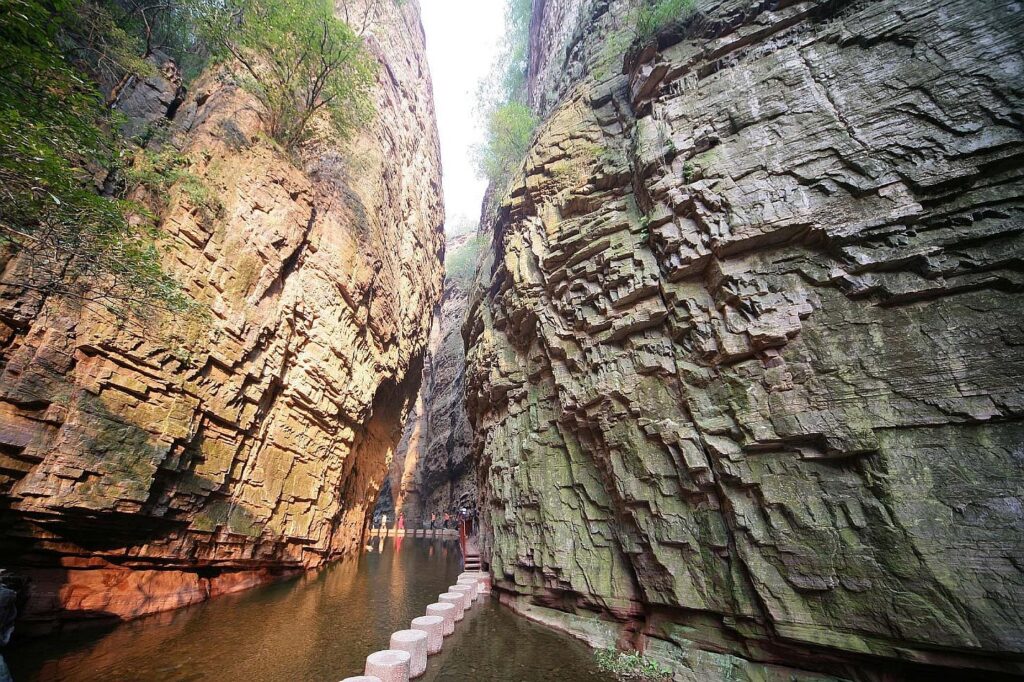
The Jingdong Grand Canyon, famous for its steep mountains and deep valleys, is ready to give you a wide range of beautiful landscapes: green hills, clear waters, karst caves, deep ponds, and waterfalls.
Here you will find not only wide valleys, dangerous peaks, and hundreds of hectares of pine forests but also the Oolong Pond, also called the Deep Pond of the Five Dragons, the Tongtian Gorge, so named for its unprecedented height, Longmen Lake (Dragon Gate Lake), the Sino-Japanese War Memorial, a small resort village, etc.
12. Beijing Aquarium
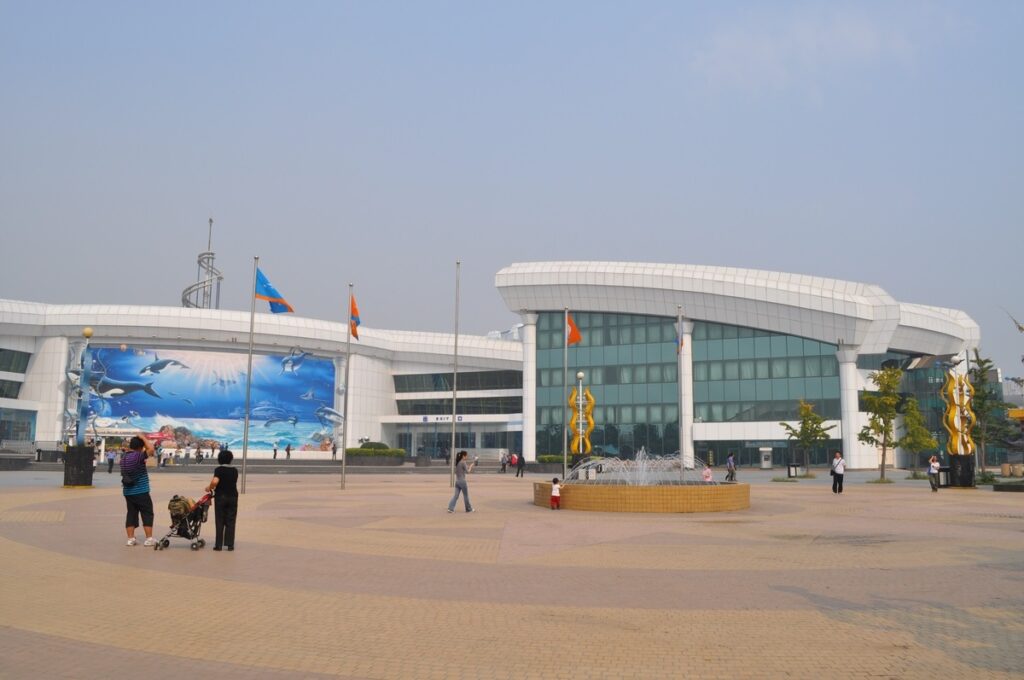
The Beijing Aquarium, located on the territory of the Beijing Zoo, is the largest aquarium in Asia and one of the largest in the world. It occupies 120 thousand square meters, of which 42 thousand square meters account for the building area.
This world-class aquarium is home to a huge number of strange and wonderful sea creatures of various shapes, colors, and sizes. Here you can not only observe marine animals but also watch a show performed by dolphins and sea lions that delights children. Although the Aquarium is located on the territory of the zoo, the entrance ticket is sold separately.
13. Longqing Gorge
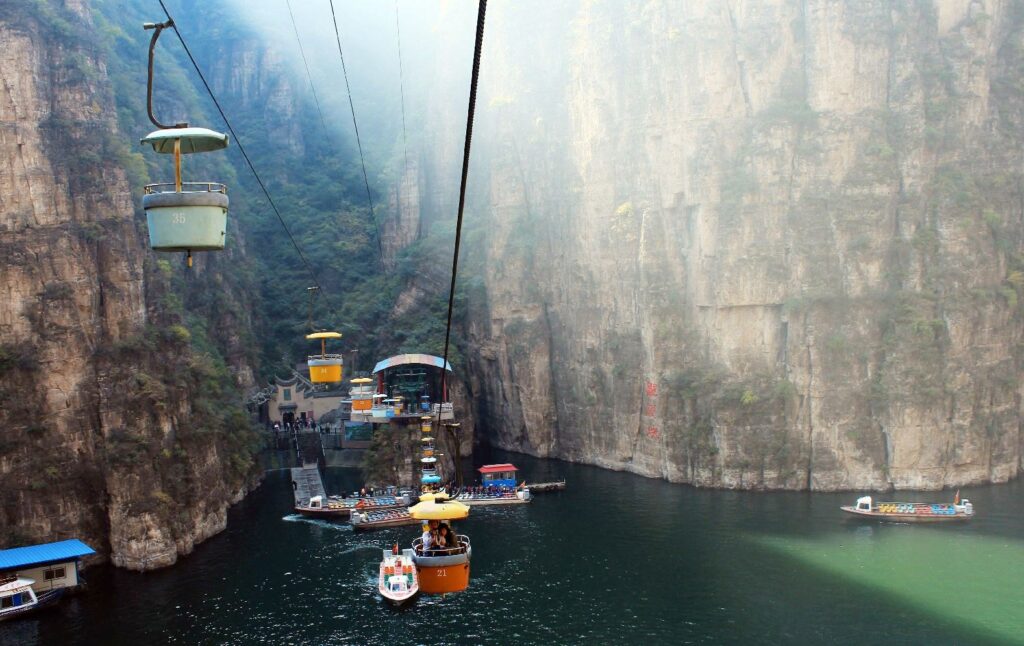
The Longqing Gorge, also known as the Dragon Gorge, is located 85 kilometers from the center of Beijing. This is a 7-kilometer karst-type canyon through which the Gucheng River flows. It has always been beautiful but after 1980, when it was partially flooded during the construction of the dam, it became even more picturesque.
Tourists can climb the dam via an escalator made in the form of a traditional Chinese dragon, and explore the local beauty from the deck of a cruise ship or the cableway. Whichever of these three options you choose (or maybe all three), you will be impressed by the splendor you have seen for a long time.
14. China National Botanical Garden
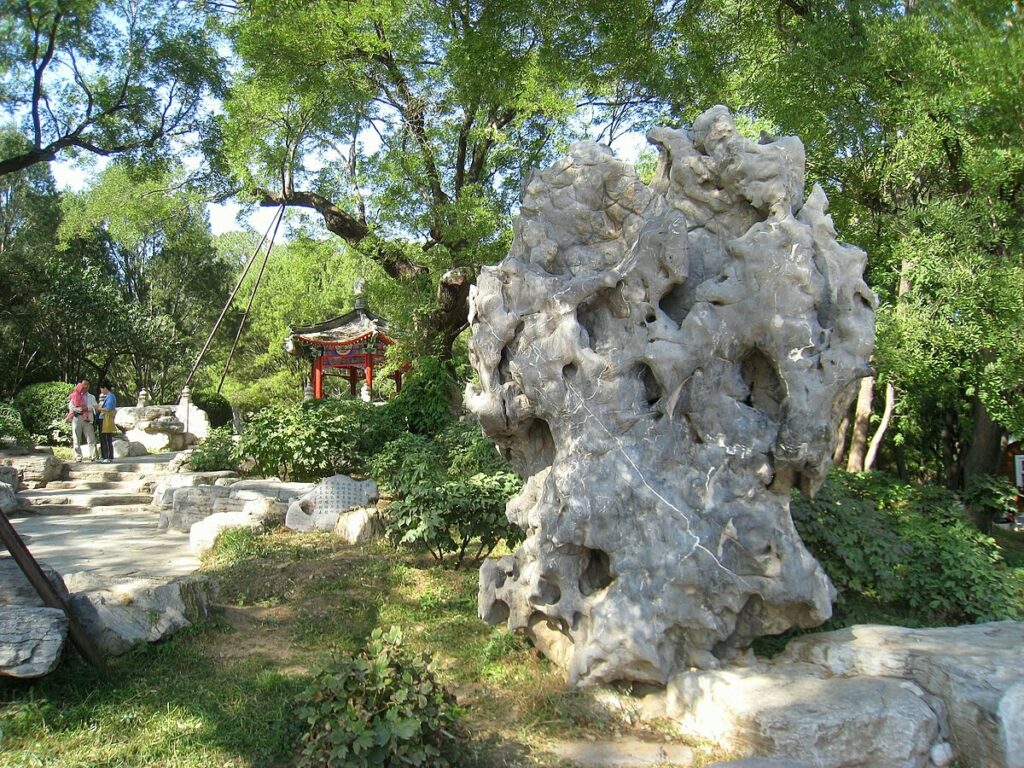
There are a great many parks in the capital of China, and even native Pekingese are unlikely to be able to list at least half of them by memory. However, the National Botanical Garden stands out prominently in this long list.
On the territory of the botanical garden you will find hundreds of thousands of bushes and trees, live carpets of peonies, tulips, roses, and other flowers, small waterfalls, a lake where you can go boating, a bonsai pavilion, a suiseki rock garden, bee museum, and butterfly garden, the temple of the Sleeping Buddha built in the VIII century.
Read also:
15. Shidu Nature Park
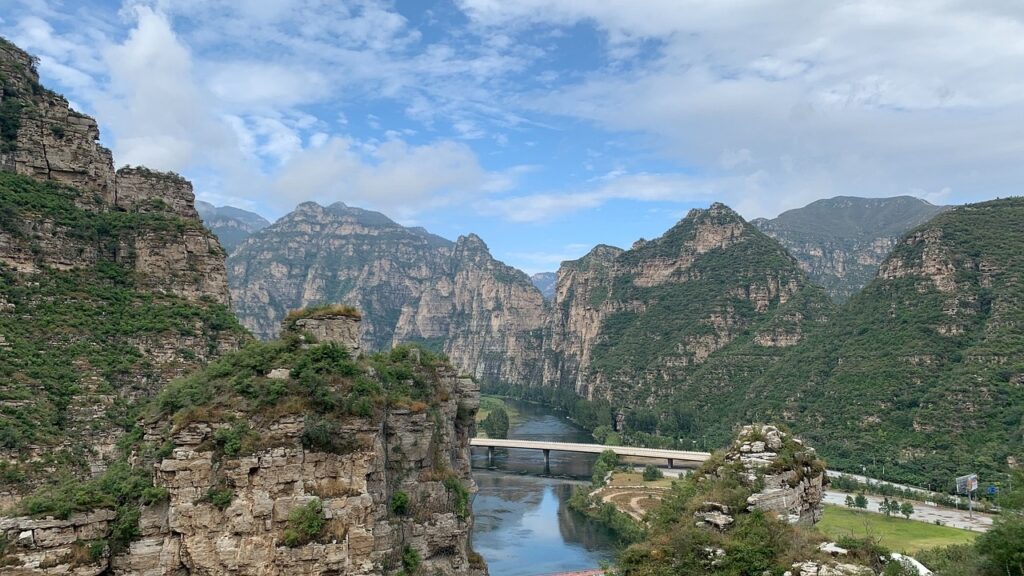
Located a hundred kilometers from Beijing, Shidu National Park is very popular with both tourists and the Pekingese themselves because, after the eternally smog-soaked metropolis, the local forests and mountains are a real breath of fresh air.
At the same time, the protected area is not disconnected from civilization: there is everything that tourists need, including entertainment – a cable car, a suspension bridge, observation decks, rafts, and boats for rafting on the river and jumping.
16. Chairman Mao Memorial Hall
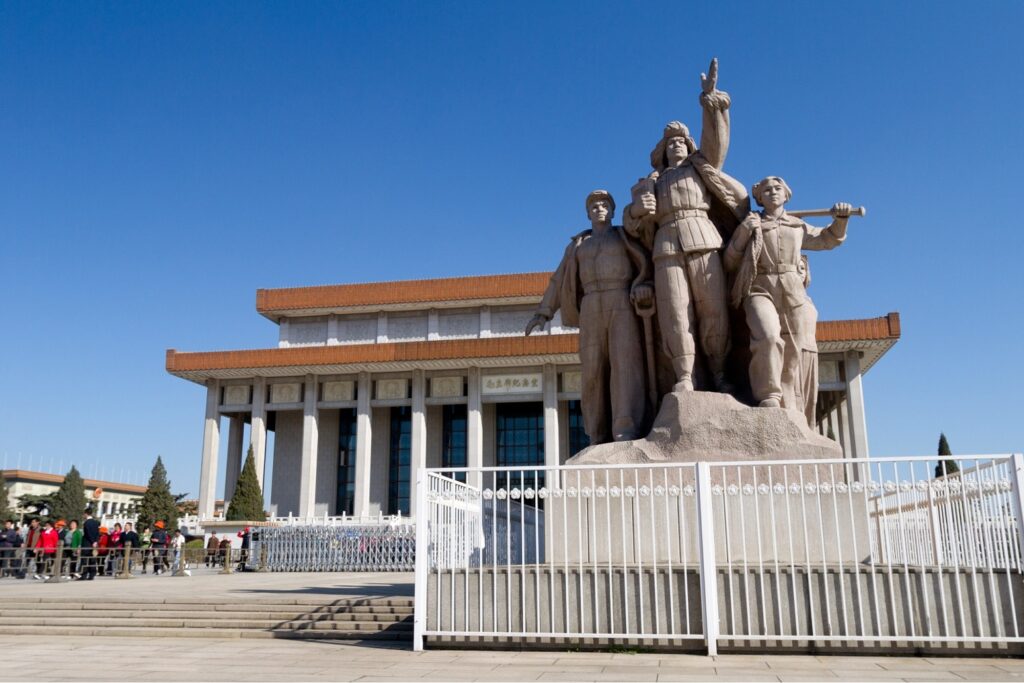
Every morning, when the sun rises over Beijing, a queue of people begins to grow in Tiananmen Square. Those who want to visit the main shrine of communist China, the mausoleum of Mao Zedong, are going to visit it.
Tourists come here, if they do, then, as a rule, solely out of curiosity, while the Chinese are driven by the desire to pay tribute to the “Great Helmsman”. Many residents of the Chinese hinterland come to Beijing just for this.
17. Temple of Heaven
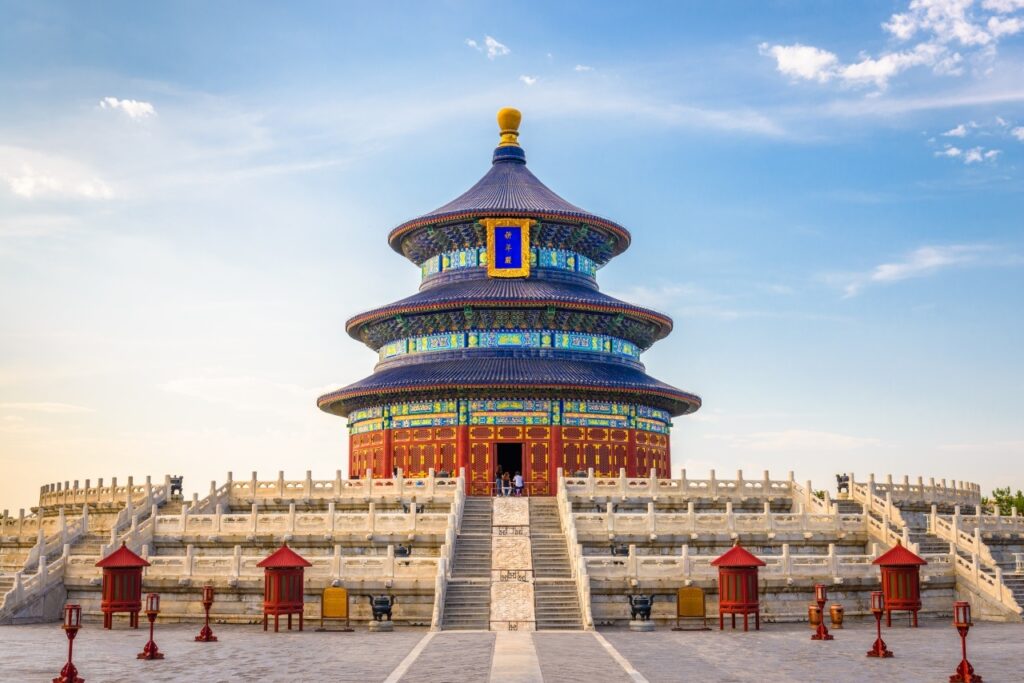
The Temple of Heaven is considered a Taoist temple, although Heaven worship was practiced in China before Taoism. The temple was built in the period from 1406 to 1420, during the reign of the Yongle Emperor, during which the Forbidden City was built. The temple itself is a beautiful sight, and in addition, it is also surrounded by a magnificent public park, popular among locals who practice tai chi in the mornings and on weekends.
18. Yonghegong Lama Temple

Built-in 1694 and originally served as one of the residences of the emperor, Yonghegong was handed over to lamas for prayers and rituals at the beginning of the XVIII century. Today it is one of the most famous Buddhist temples in China, and according to tourists who have visited here, it is also one of the most beautiful.
Nowadays, the Yonghegong Temple is still active, and perhaps that is why, despite the large number of visitors, there is an atmosphere of peace and tranquility here. At the same time, this status of the temple imposes a number of restrictions on the actions of tourists visiting it.
First, your clothes and behavior should not offend the feelings of believers. Secondly, it is strongly discouraged to take photos inside temple halls: the Chinese believe that camera flashes can spoil the gold leaf on sculptures.
19. Chaoyang Theatre
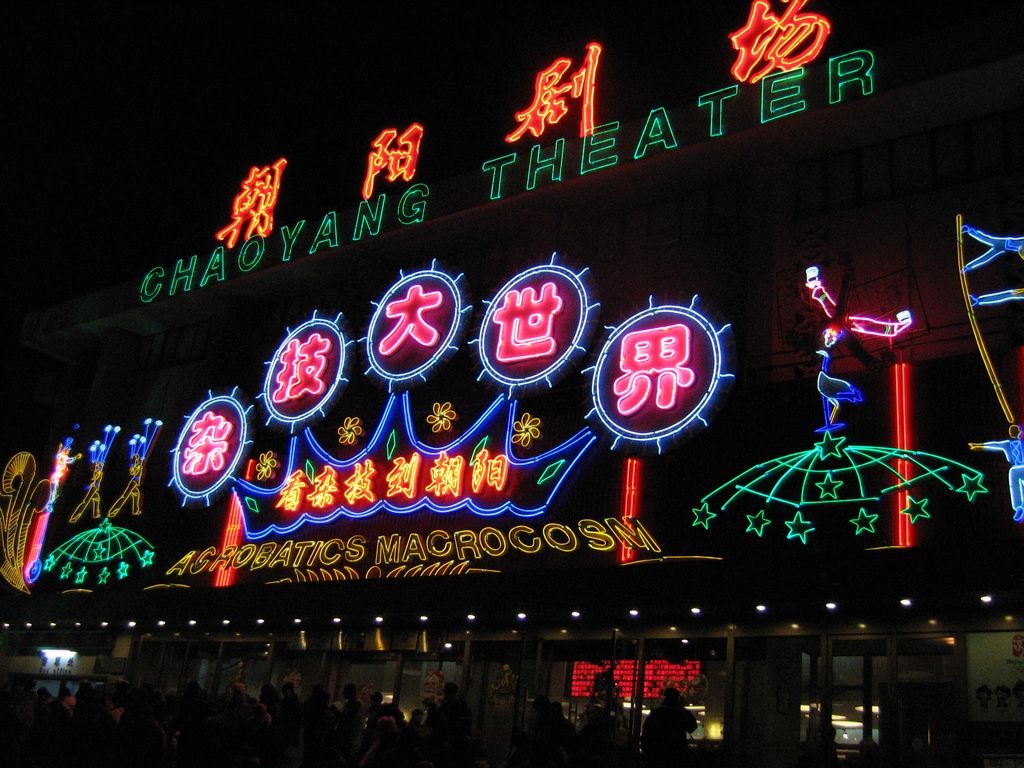
This theater was founded in 1984 and has long managed to become one of the main tourist attractions of the Chinese capital. Performances in Chaoyang take place every day, and almost every day acrobatic shows take place it gather a full audience.
The skill level of the artists demonstrating the wonders of acrobatics is sky-high, and the numbers shown are literally breathtaking, so you are guaranteed a lot of vivid impressions! This is one of the best things to do in Beijing.
20. Panjiayuan Antique Market
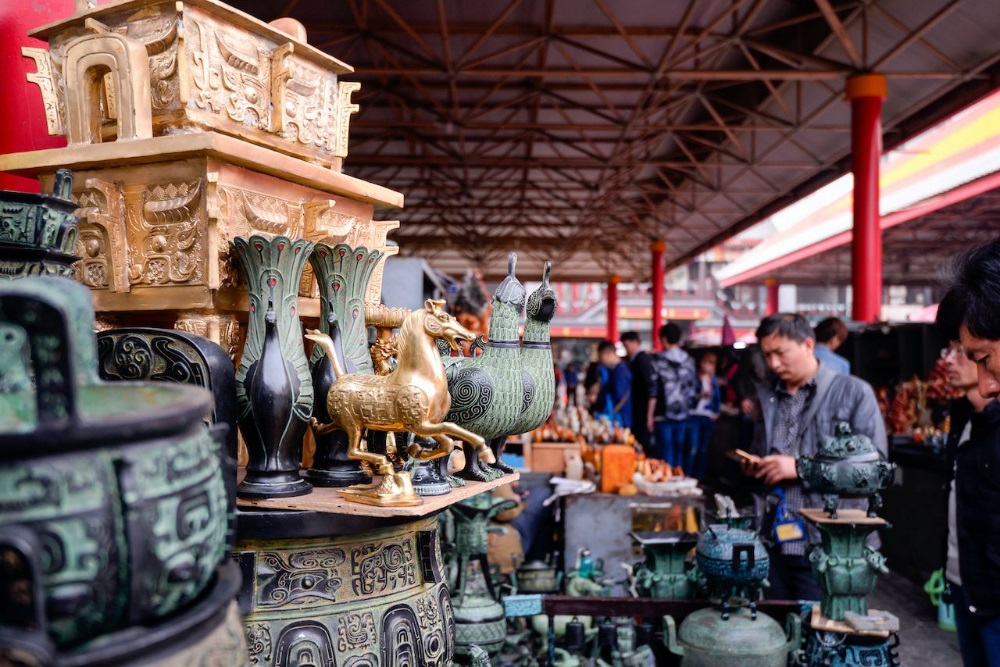
If you are limited in time and can only visit one Beijing market, then let it be the Panjiyuan Antique Market. It is the largest and most famous market in China. It covers an area of 48 thousand square meters, and more than 3,000 antique dealers trade on its territory.
Everything from calligraphy brushes to wooden furniture, porcelain vases, and jade jewelry is on sale in Panjayuan. This market can be safely called a souvenir gold mine.
Is Beijing safe for tourists?
Beijing, like any major city, has its own characteristics but is generally considered safe for tourists. There are a lot of police in the city, and crime is relatively low here. Nevertheless, as in any place, it is worth following the usual precautions.
Do they understand English in China?
In China, many people know English, especially in large cities and among young people. In universities and international companies, English is often used as a working language. However, the level of ownership can vary greatly depending on the region and socio-economic status. In more remote or rural areas, knowledge of English may be limited.
How to Stay Connected During Your Beijing Trip?
On any trip, even to Beijing, it is important to always be in touch with family and friends. To do this, you can use such well-known and proven methods as roaming or local SIM cards. These methods are becoming less popular and more expensive. Also, you can pay attention to eSIM technology, which is already built into modern smartphones, and use it while traveling.
eSIM is a built-in SIM card that only needs to be activated from an eSIM provider before the start of the trip, after which you can stay in touch around the clock and not spend large amounts of money on it. With the right eSIM provider, like eSIM Plus, you can choose a tariff plan based on your needs, and have a stable and high-quality connection during your trip for reasonable money.
Stay in touch during the Chinese holidays and use eSIM Plus!





